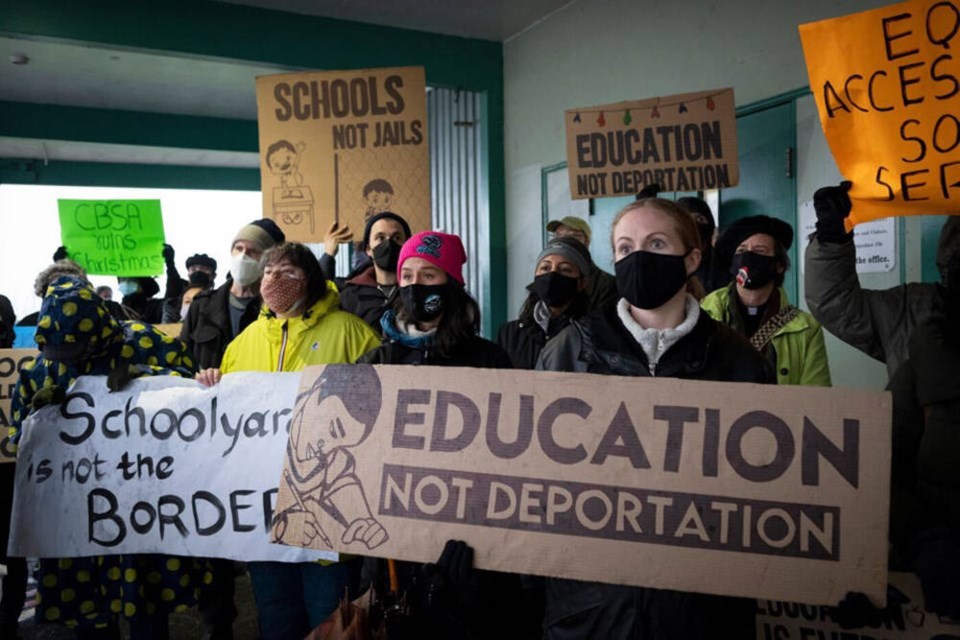The number of students enrolling in New Westminster schools under its sanctuary schools policy is growing.
New Westminster was the first school district in British Columbia to adopt a sanctuary schools policy, back in May 2017. The policy is designed to ensure that all children living in the city — even those whose families may not have official immigration or residency documentation — can attend school in New Westminster.
“New Westminster schools is committed to providing education to all children living in the community in safe and welcoming environments, including children and families with precarious immigration status or no immigration status,” explained trustee Cheryl Sluis, giving a presentation at the June 20 board meeting.
Sluis, who sits on the district’s sanctuary schools committee, noted the district has been working hard in recent years to hone the implementation of the policy and to align it with the opening of the Welcome Centre, where registration is now centralized for the whole district.
The Welcome Centre provides key registration information to families in both English and Spanish.
The number of students enrolled under the policy has climbed steadily over the past few years.
In 2020-21, the district saw six students from five families register under the sanctuary policy. In 2021-22, that climbed to 13 students from nine families. In 2022-23, it grew to 25 students from 20 families — 10 who registered before winter break, and 15 in the calendar year 2023.
“As we look at the increased numbers of students and families we are seeing enroll, it is a strong indicator that the work we are doing to make the process welcoming and barrier-free is creating the desired sense of safety for the community that we are working to support,” said a district report to trustees.
Sluis said students who register under the program are placed as quickly as possible into a local school. This year, all students who registered under the sanctuary schools program were placed in a school within two to five days.
Once they’re registered, district staff works to connect families with MOSAIC’s Settlement Workers in Schools program so they can get the support they need.
Students can also get confidential access to mental health supports through the Wellness Centre at New Westminster Secondary School without their families having to provide additional paperwork.
Under the policy, the school district does not provide any personal information about students or families to federal immigration authorities unless required by law; if any agency makes an inquiry with the school district, the district will let the family know about that request.
Sluis noted the district’s work around sanctuary schools has been made possible by its community partnerships with MOSAIC’s Settlement Workers in Schools, Watari Counselling and Support Services, and the Sanctuary Health collective.





